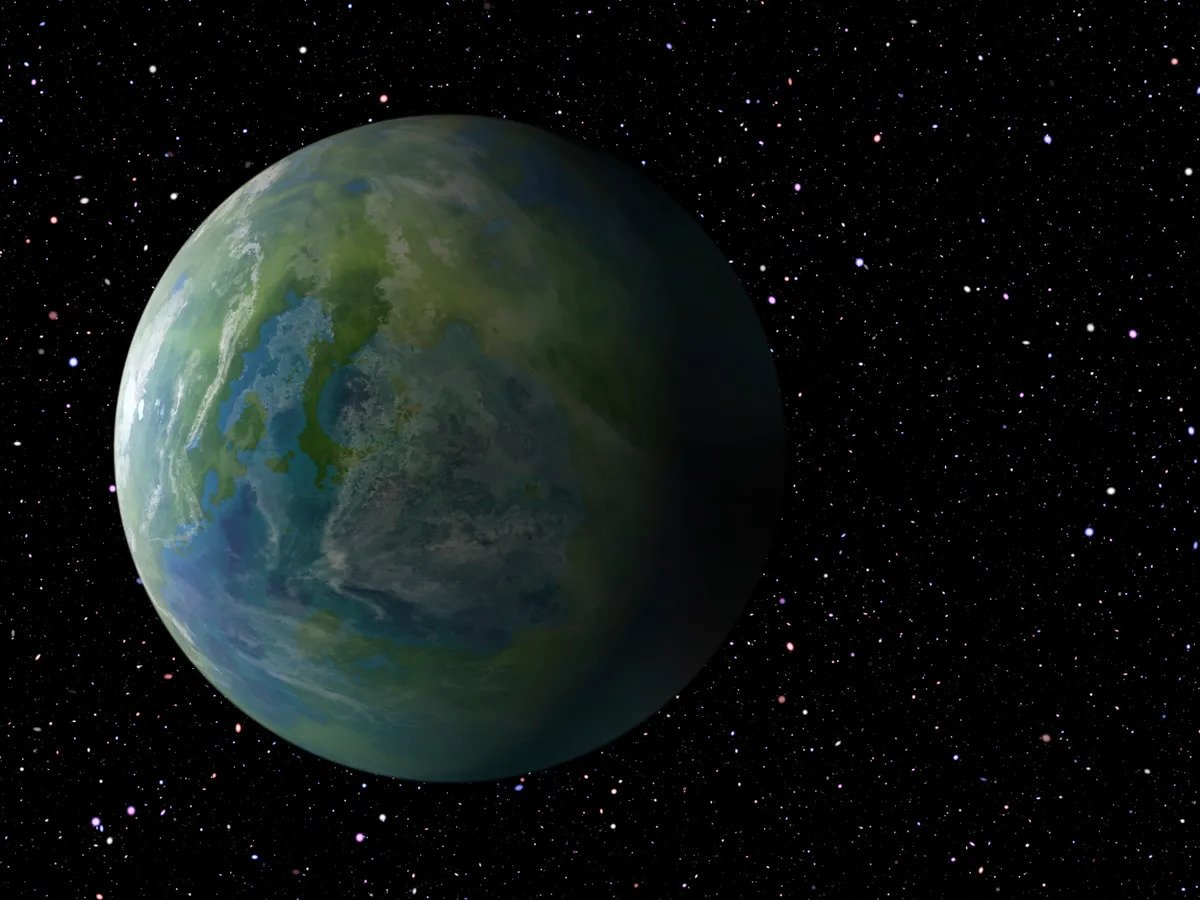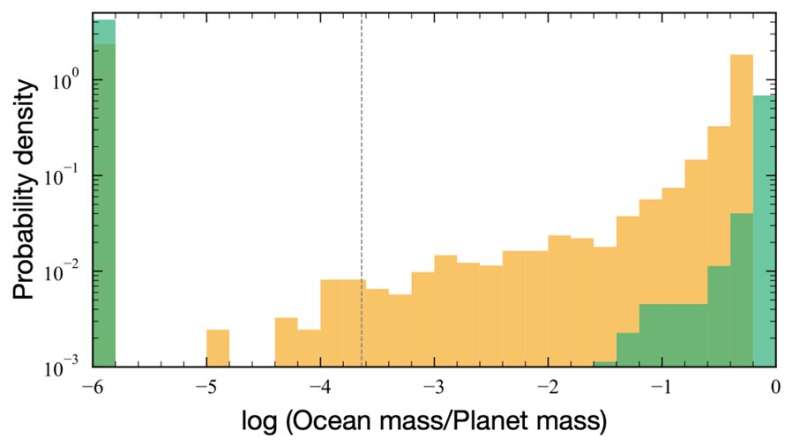Scientists have proved that in the process of interaction between the hydrogen atmosphere and the molten surface of young planets, an amount of water is formed on some of them, comparable to that contained in the oceans of the Earth.

Water on red dwarf planets
The fact that most of the discovered exoplanets orbit red dwarfs continues to provoke numerous debates in the scientific community regarding the possibility of their existence of conditions for the existence of life. Only recently, scientists have published an article in which they convincingly proved that the usual ratio of water and land exists only on one percent of them.
And now researchers from the University of Tokyo have developed a new model for the formation of planets around red dwarfs. In it, they proceeded from data on their metallicity and luminosity. From this, conclusions were drawn about which compositions are formed at certain distances from the stars, and then conclusions were drawn about how the planets should look.
In accordance with the idea that all the stone planets were incandescent at the initial stage of their existence, the researchers studied the formation of water in the atmosphere. It was supposed to be formed by interaction with the lava ocean of the primary hydrogen atmosphere.
Calculations show that in red dwarf systems, the proportion of water relative to the total mass of the planet should vary very widely, from fractions of a percent on Earth to oceans hundreds of kilometers deep.
Controversial issues
The model clearly indicates that at least 5-10 percent of all planets orbiting red dwarfs have hydrospheres that allow for an Earth-like ratio of water and land. This significantly increases the chances of finding among them one on which life familiar to us can exist.

However, we must understand that this is an important, but only a small step to resolve all contradictions. On the one hand, it not only allows to estimate the number of Earth-like planets in space, but also to make sure that our world is quite typical in this regard.
On the other hand, there are significantly more factors determining the presence of oceans and continents on the planet than discussed in the article. There are flashes that “blow away” the water and gas shells from it, and the formation of a crust that determines the area of continents, and asteroids which impacts can enrich the celestial body with water and substances necessary for life.
According to phys.org
Follow us on Twitter to get the most interesting space news in time
https://twitter.com/ust_magazine
